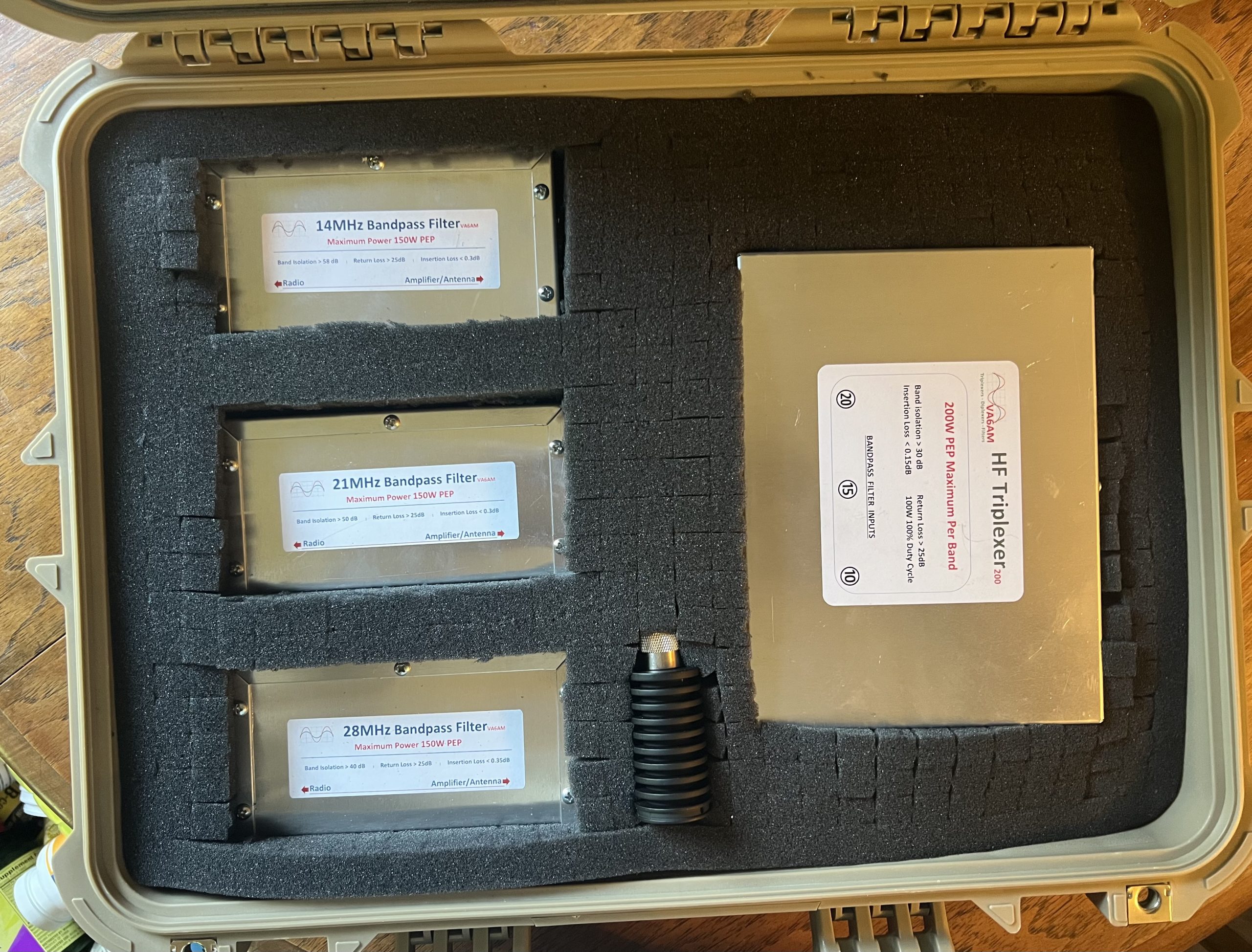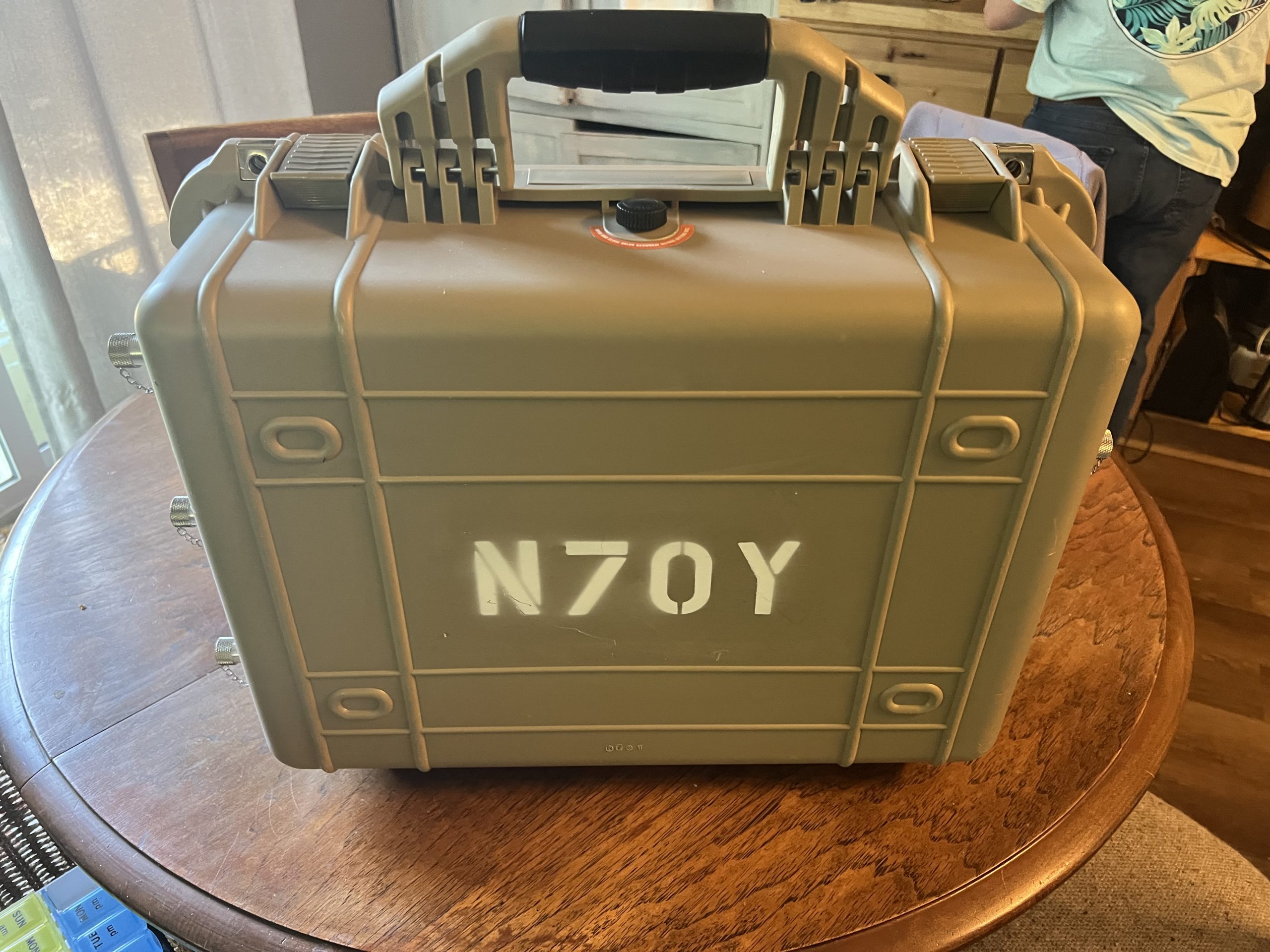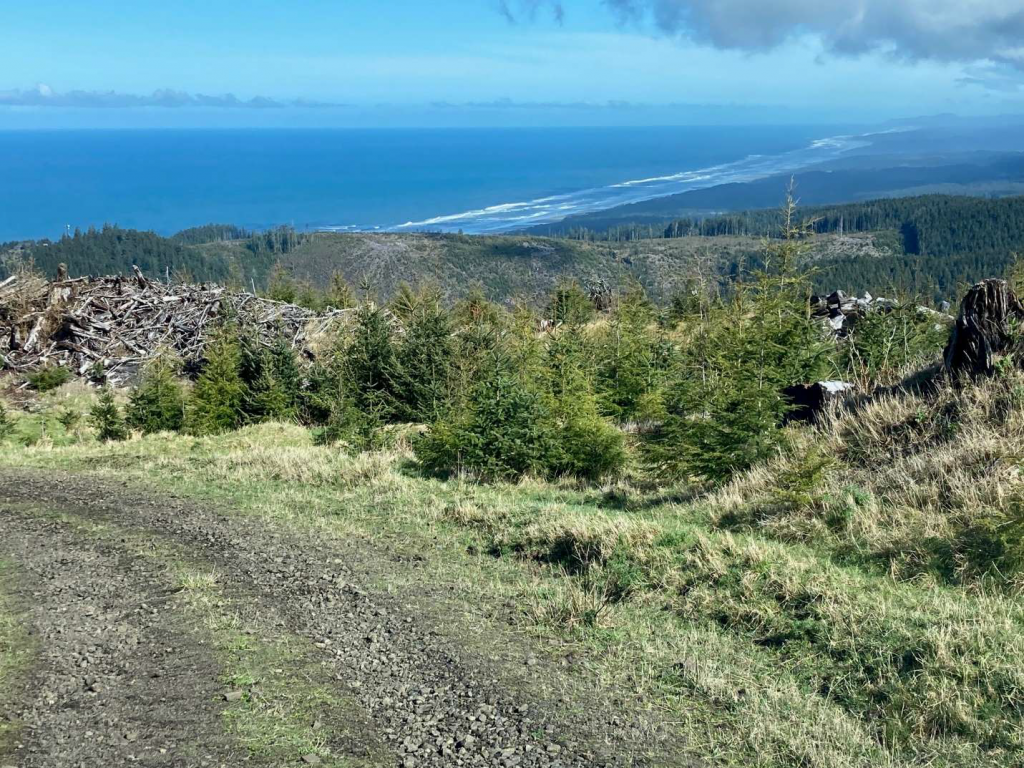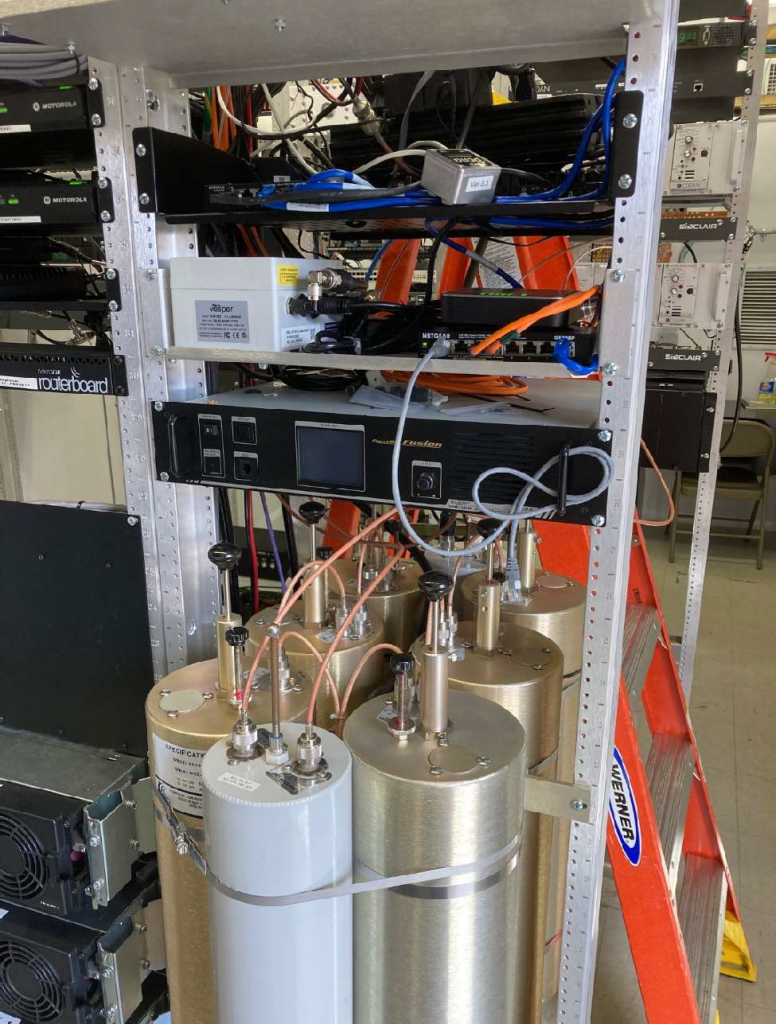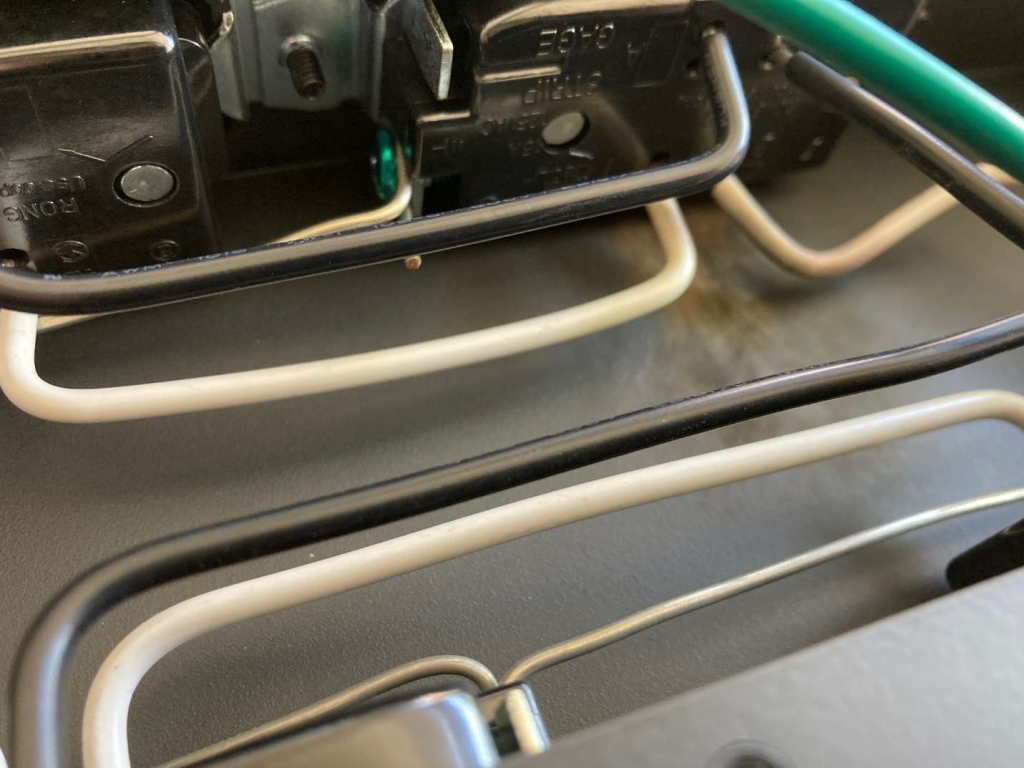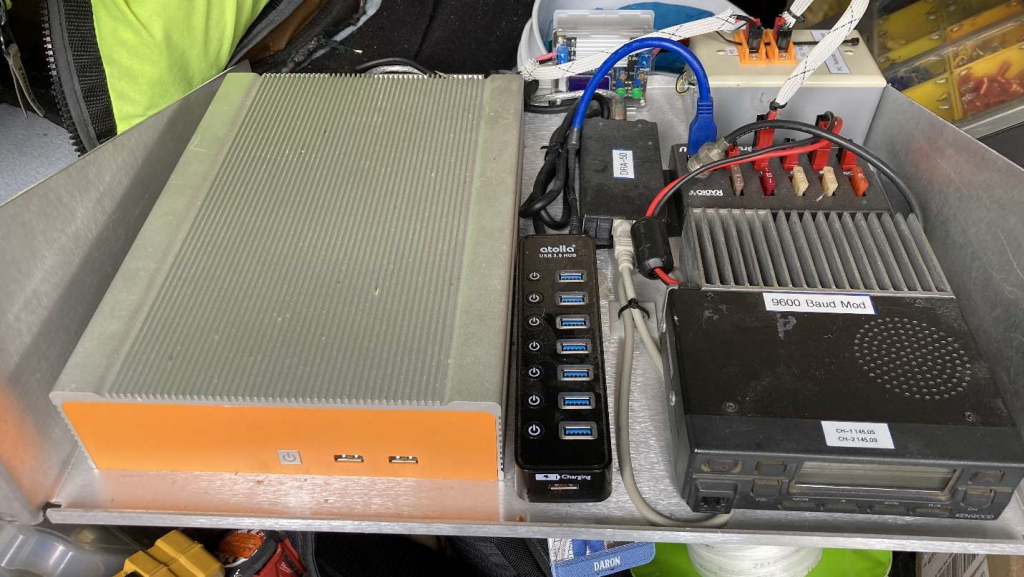All,
I think my recent message was potentially confusing. I revamped our group’s private listserv into a new system in November, 2024. The new system e-mails a link you must click to verify your e-mail in order to be added to the list. I won’t post here the members on the new list. If you did not get a message from the “new” listserver, send me a note. I have sent several new invitations this morning (April 27, 2025). I know several members have not requested (yet) to be put on the new listserv. If it is your intent to retire from ACS service, please do let me know. If you wish to stay with the organization, but feel like maybe you need more guidance, help, direction, training, equipment, whatever, please, please, reach out to me for any one-on-one help.
Thank you all for your dedication and service to ACS. This is going to be a busy summer with public service events that I would frame as opportunities to train ourselves on the very tactical communications methods we will need in the future, really at any moment. In fact, an article I have correlates public service event participation with the ability to respond in a disaster. Lord knows we have an increasingly disaster prone world, between wildfires and earthquakes, tsunami and possible volcanoes for our region.
In a disaster, information is king. Being a critical communications backup link is essential to continuity of government and literally saving lives by allowing the prioritizing of resources where they are most needed. That information, relayed to a central site (usually the EOC) is what we are training to do. Please continue to be part of the solution, and renew your volunteer efforts, and commit to broadening your skills in any way you can. I understand too many birthdays may slow or even stop us from actively volunteering, but maybe you can still run a relay station and participate in exercises from home, monitor public service event communications to learn what works and does not. If you are physically and mentally able, I encourage you to please not only continue with ACS, but to avail yourself of training, exercises and public service events.
I know I have gone off topic here. I am concerned about what I see as a serious dip in participation since COVID – I know I lost momentum as a volunteer during that awful time, but I hope, like me, you may find your volunteer mojo reinvigorated. One of the first steps you can take is make sure you are on the new listserv to get timely information. The next step is to come to the meetings, either in person or by zoom. Expand your FEMA training with free online courses. Volunteer for events we have rapidly coming up: Gravel Epic, West Coast Gravel, Whale Run (June 14), Barrel to Keg (the king of our events and most fun) July 12.
I am climbing off my proverbial soapbox and nevertheless hope to hear from everyone. Thank you all so much.
Doug
N7KNK

